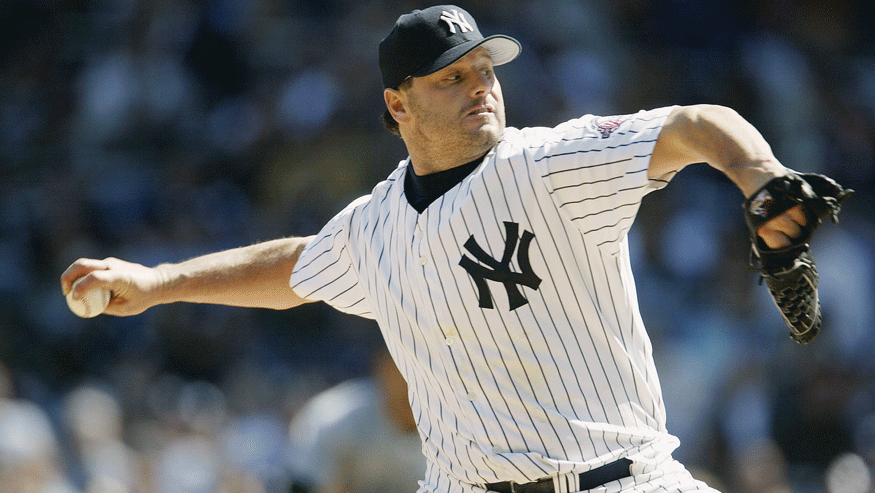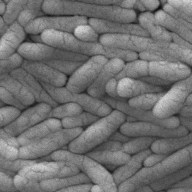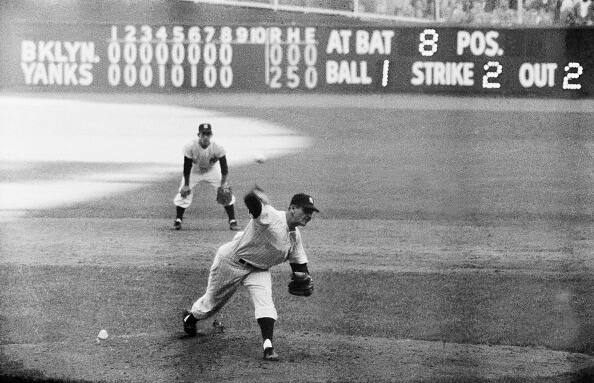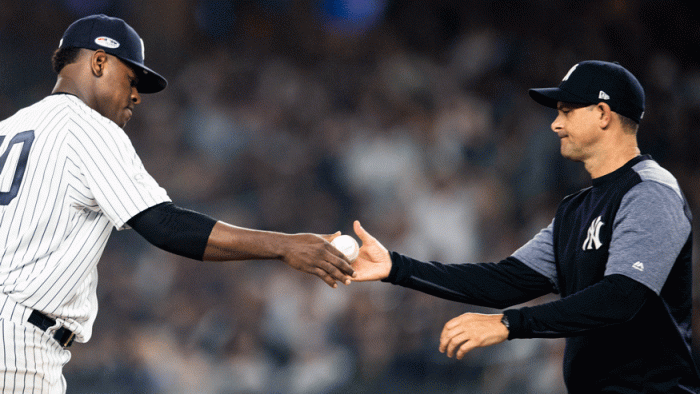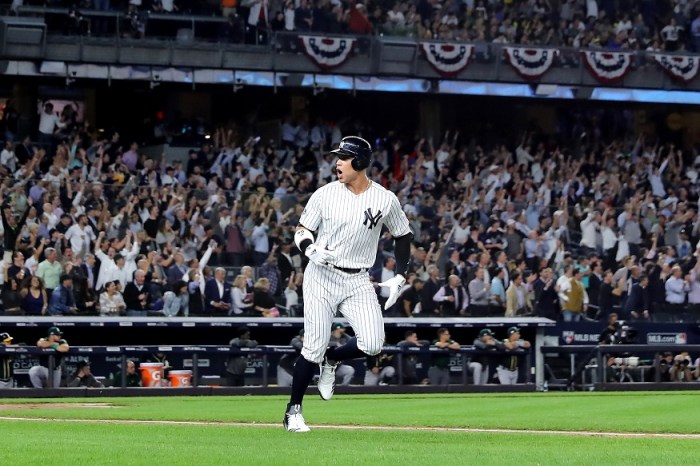Tuesday night brought life-changing news for a quartet of former pro ballplayers as Mariano Rivera, Roy Halladay, Edgar Martinez, and Mike Mussina got the call for enshrinement into the Baseball Hall of Fame in Cooperstown, NY, the game’s most prolific achievement upon its most hallowed grounds.
It’s the first time ever that the Baseball Writer’s Association of America (BBWAA), have elected two-consecutive four-man classes into the Hall of Fame as the number of inductees is now up to 329. For strictly players, that number is even more inclusive at 232.
That means just around one-percent of the over 19,000 men that have ever suited up to play in a Major League Baseball game have been achieved the honor of induction into the Hall of Fame.
Late January is usually a time of celebration as the game and its fans celebrate the newest members of Cooperstown’s fraternity. Yet the past seven years have brought about a debate that has split the baseball world in two with no real resolution on the horizon.
You see, two of the game’s greatest players — Barry Bonds and Roger Clemens — are still not in the Hall of Fame.
By now, you know the numbers of these transcendent stars. Bonds is Major League Baseball’s home run king, as much as untold millions won’t admit it, slugging 762 home runs with 14 All-Star appearances, seven MVP awards, eight Gold Glove awards, and seven Silver Sluggers. Clemens ranks ninth in MLB history with 354 pitching wins and third in strikeouts with 4,672.
Based on numbers alone, these are first-ballot Hall of Famers. Yet their connection to performance-enhancing drugs (PED’s) has stained their legacies and denying their entrance into the Hall of Fame.
This was both Clemens and Bonds’ seventh year on the ballot and once again, they fell plenty short of the 75-percent of votes needed from the 425 members of the BBWAA. Clemens accrued 59.5-percent of the vote while Bonds picked up 59.1-percent.
It’s been a slow ascent in the polls for both players, who each picked up around 37-percent of the initial vote on their first year of eligibility back in 2013.
Do Clemens and Bonds belong in the Hall of Fame?
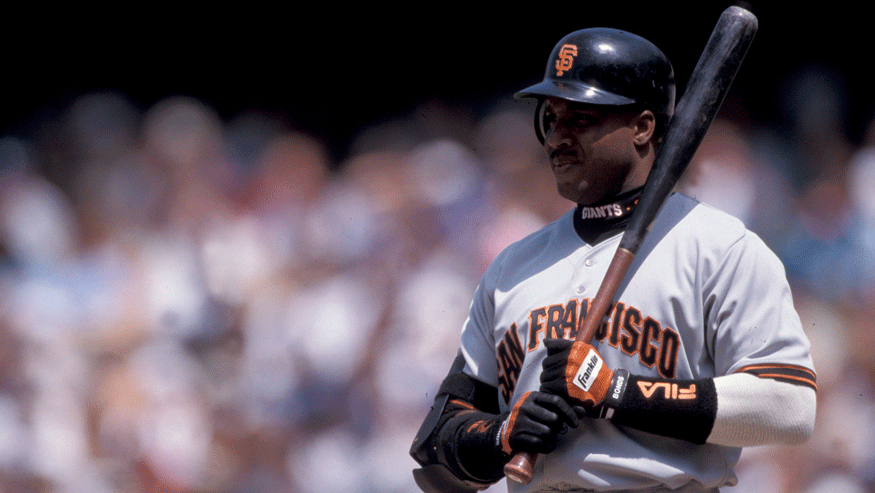
Now with just three years of eligibility left before they are removed from the ballots completely, the question of whether Bonds and Clemens belong in the Hall of Fame continues to become a more pressing matter.
It really comes down to just two trains of thought:
1) Barry Bonds and Roger Clemens used PED’s to gain an unfair advantage and therefore, should be disqualified from Hall of Fame consideration.
2) Regardless of steroid usage, Barry Bonds and Roger Clemens were the greatest players of their time period and deserve to be among the game’s best in Cooperstown.
But if it was only that simple.
I believe one of the hardest things to do is to hit a round ball with a rounded bat while said ball is traveling at speeds upwards of 100 miles-per-hour. On the pitcher’s side, being able to control what is basically a spherical weapon with pinpoint accuracy while deceiving the batter with movements that seem to defy physics is one of the most impressive things in sports.
For the most part, no amount of steroids or PED’s could ever diminish those fundamental values, which is why a pitcher with that many strikeouts or a batter with almost 3,000 hits should be in the Hall of Fame.
This is where the anti-induction party makes their strongest point, which is more than valid.
Bonds’ claim to fame — the home run — was likely a byproduct of those PED’s. Over his first seven years in the majors with the Pittsburgh Pirates, he averaged 25 home runs per season while building his reputation as a five-tool player behind above-average speed and a great glove in left field.
Once he moved to the Giants, Bonds’ power numbers inexplicably exploded as he seemingly doubled in size from slender base stealer to gargantuan slugger.
He had eight 40-plus home run seasons, including the record-breaking 73-home-run season in 2001 which will always be attributed to steroids.
For pitchers like Clemens, PED’s brings more power to their pitches, allowing hurlers to not only throw the ball faster but to get more revs on it. The more revs on the ball, the more elusive the pitch becomes as it can cut through the zone more effectively.
No one will truly know how many of Clemens’ strikeouts were attributed to that unfair advantage.
But how unfair was it?
Bonds and Clemens dominated the game in a time where steroid use was common. The Mitchell Report in 2007 uncovered 89 players that used PED’s, which is likely only a fraction of the countless ballplayers that turned to steroids to gain an advantage.
With usage seemingly rampant throughout the league, the majors simply have to isolate the steroid era in baseball much as it did with the Deadball Era in the early 1900s.
In the game’s earliest days, pitchers were allowed to doctor the ball — most notably with the spitball — that would remain unchanged for a majority of the game. Back then, a ball wasn’t swapped out every other pitch or every time it was put in play. One game, one ball.
By game’s end, the ball was browned by dirt, spit, tobacco juice, files, or whatever else pitchers could get their hands on to alter the flight of the baseball. But in 1920, the spitball was outlawed and balls were cycled throughout the game, resulting in a major boom in offense that was coupled with the emergence of Babe Ruth.
Jack Chesbro and Ed Walsh were not barred from the Hall of Fame because they utilized an outlawed pitch before it was banned. Neither was Burleigh Grimes, who was still allowed to throw the pitch after its banishment behind a grandfather clause. He pitched until 1934.
Even Don Drysdale or Gaylord Perry, who was suspected of throwing the spitball decades after the ban, are enshrined in Cooperstown.
Both Bonds and Clemens began playing in the 1980s before the league put steroids on the banned substance list in 1991. They didn’t even start testing for PED’s until 2003, four years before the end of Clemens and Bonds’ careers.
If everyone was doing it without proper policing by the league, why should they be punished for being the best of that era? It’s something Major League Baseball and the voters have to seriously consider as time is running out on two all-time greats as their induction percentage slowly continues to increase.

